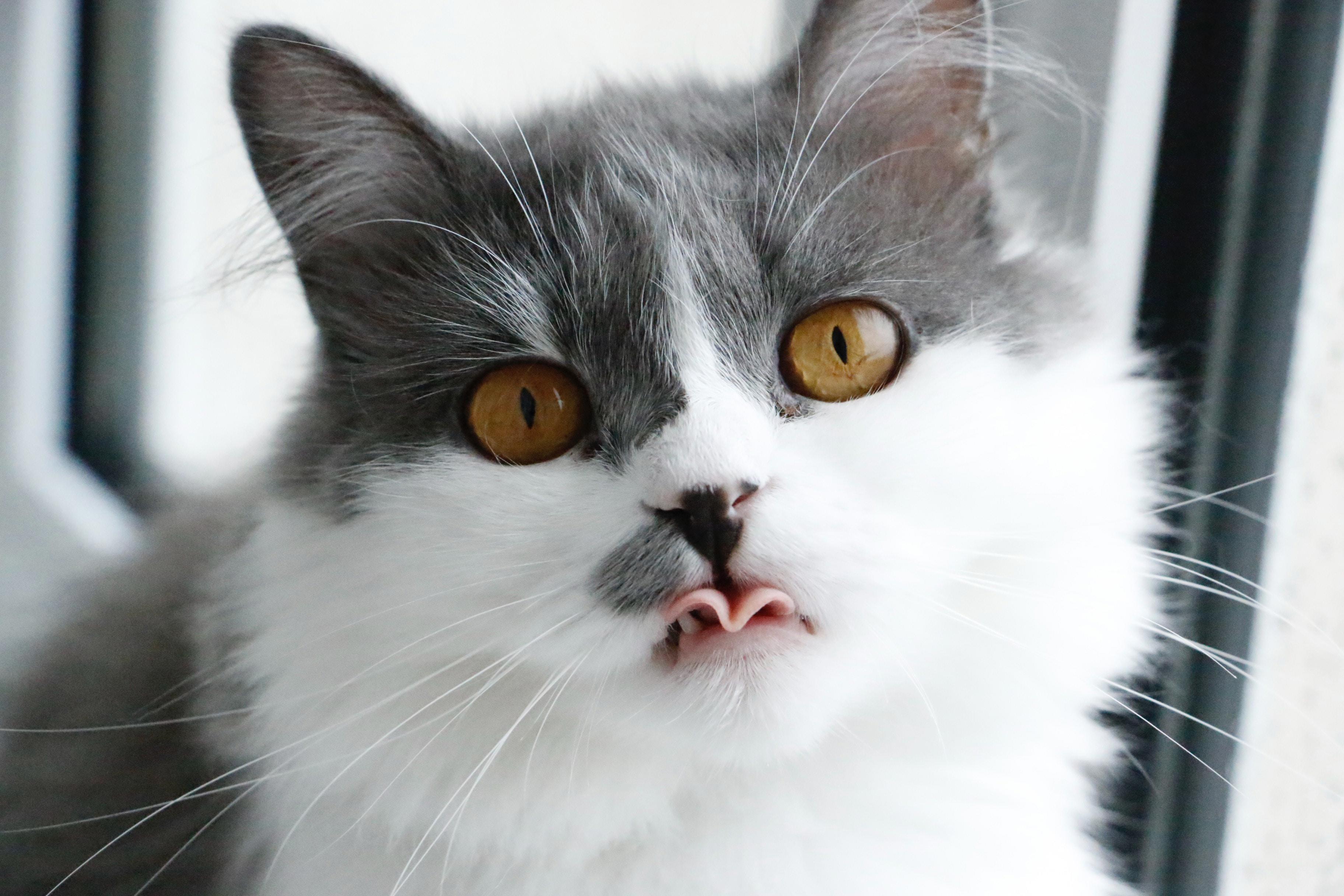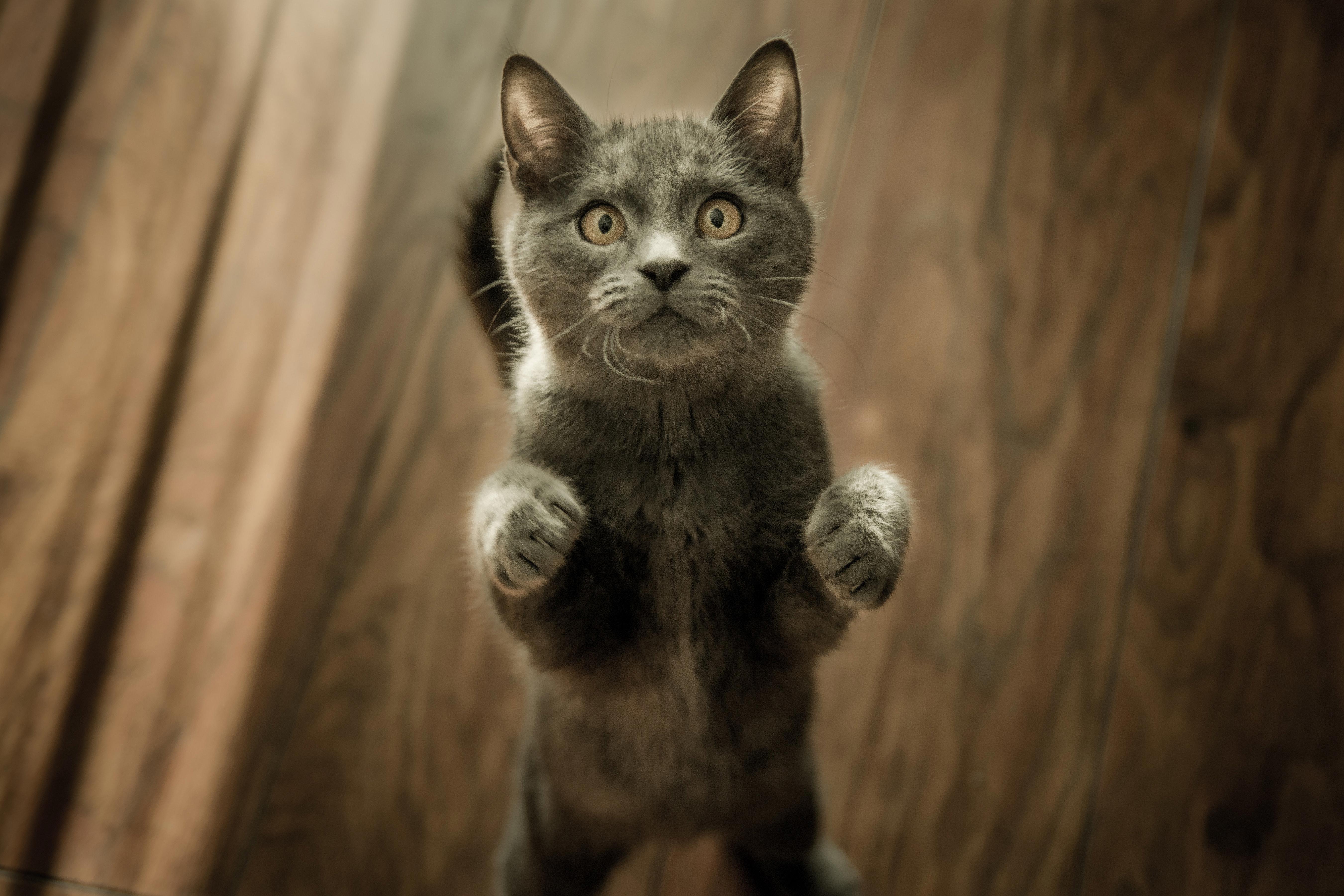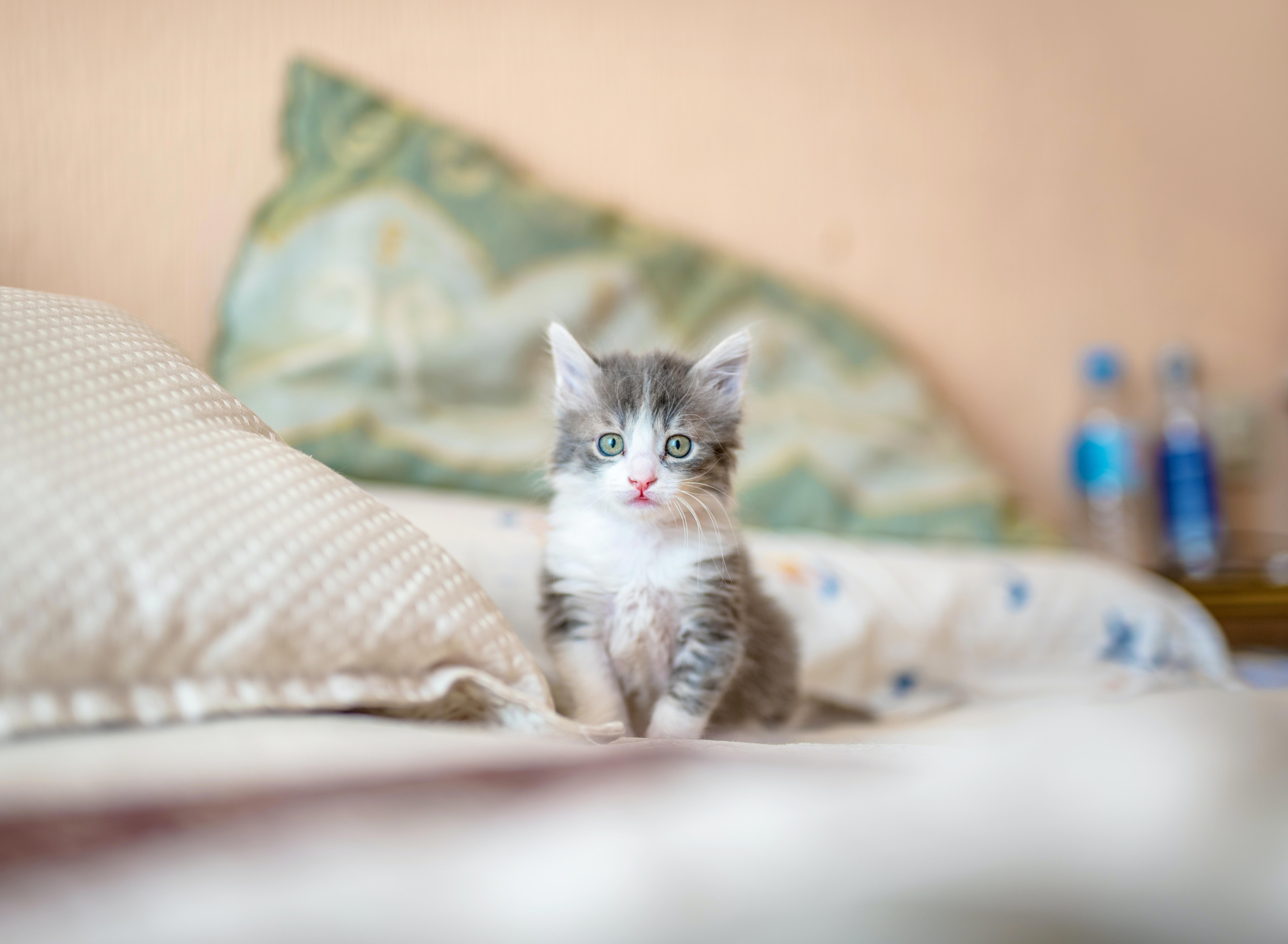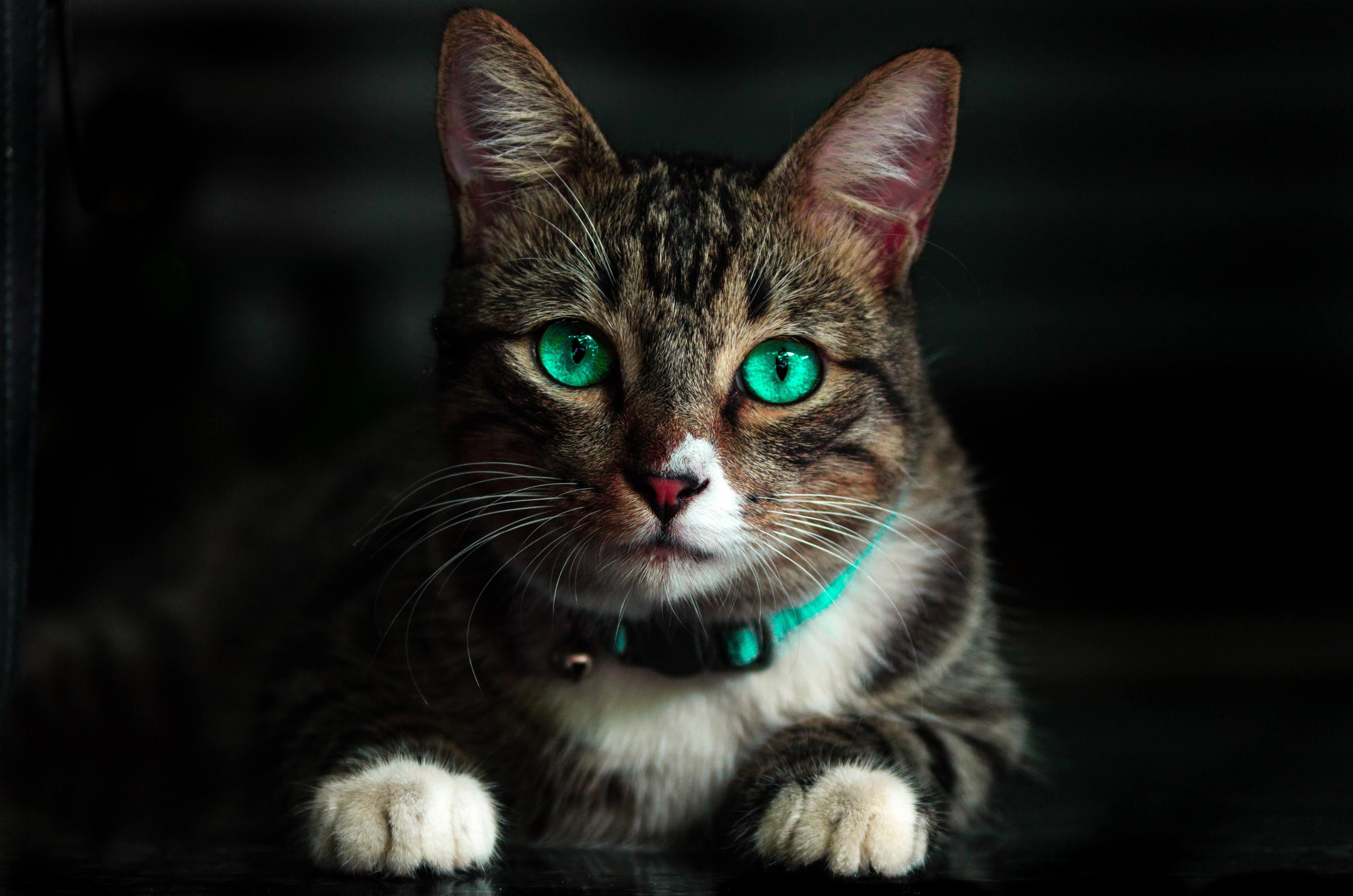Do you love cats? Have you ever wondered why cats come in so many different colors? The mystery of the varied colors of cats has long been a topic of interest among cat owners and animal enthusiasts alike. Well, today we’re going to unravel this mystery and explore the varied colors of cats! From the classic black and white tuxedo cats to the more unique calico and tabby cats, this blog post will provide insight into the fascinating range of colors that cats come in. So, sit back, relax, and get ready for an adventure of a lifetime!
Cats come in a wide variety of colors and patterns, from calicos to tabbies to solid colors like black, white, and gray. For centuries, humans have been fascinated by the mystery of why cats come in so many different colors. This article will take a look at the science and history behind this topic, exploring the factors that influence a cat’s color and the reasons why cats are so diversely colored.
Why Do Cats Come in So Many Different Colors?
One of the main reasons why cats come in such a wide variety of colors and patterns is genetics. All cats have two sets of genes that determine their physical characteristics, including their color. The genetic material that cats inherit from their parents can be combined in different ways, resulting in cats with a huge range of diverse colors and patterns.
In addition to genetics, environmental factors can also play a role in a cat’s color. For example, cats that live in colder climates tend to have thicker, fuller coats than cats in warmer climates. This is because a thicker coat helps to keep the cat warm. A cat’s diet can also influence their color, as certain nutrients can affect the pigmentation of their fur.
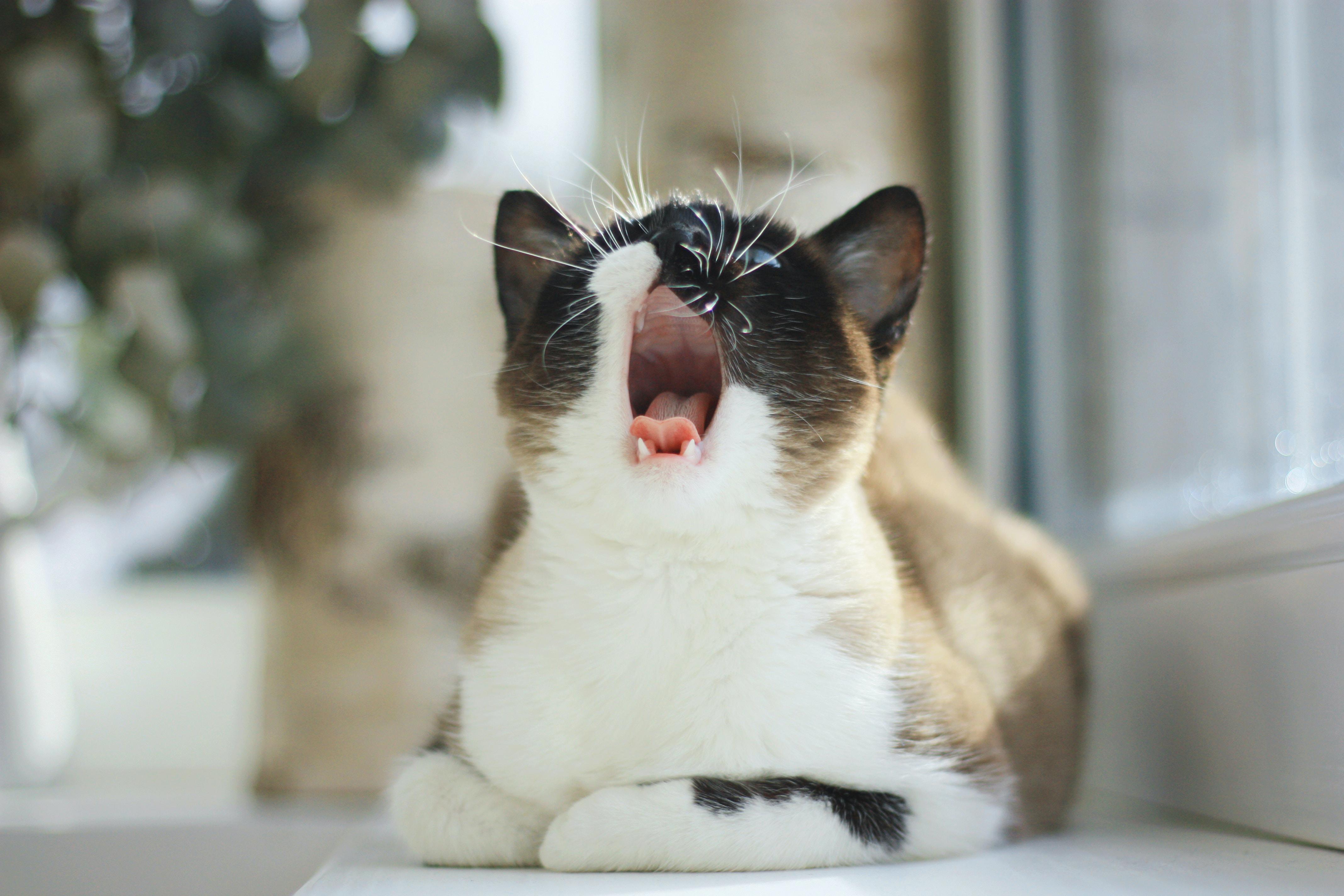
History of Cat Color Variations
The history of cats is closely intertwined with the history of humans. Cats were first domesticated by humans around 10,000 years ago, and over time, humans have selectively bred cats for different traits. This process of selective breeding has resulted in the wide variety of colors and patterns we see in cats today.
The color of a cat’s fur can also be an indicator of its health, as certain colors can be linked to particular genetic conditions. For example, calico cats are more likely to have genetic disorders, such as diabetes or digestive issues. Therefore, it is important for cat owners to be aware of their cat’s color and pattern, as it can provide clues to its overall health.
Conclusion
The varied colors and patterns of cats have long been a source of fascination and mystery for humans, and it is now clear to see why. The combination of genetics and environmental factors creates a wide range of possibilities when it comes to a cat’s color and pattern, and it is also interesting to see how this has been influenced by humans over the years. Finally, it is important to remember that a cat’s color can provide clues to its health, so it is wise to keep an eye on any changes in your cat’s fur.
From the iconic black cats of Halloween to the majestic white cats of royal legend, cats come in many different colors and patterns. While the scientific study of cat color genetics is still in its early stages, the research that has been conducted has shown that cats can come in a wide variety of colors and patterns, even within the same breed. The mystery of cats and their varied colors is a fascinating one, and one that researchers are continuing to unravel. From the classic black and white cats to the rare and unique, cats come in all shapes, sizes and colors that captivate us and make them so special.



